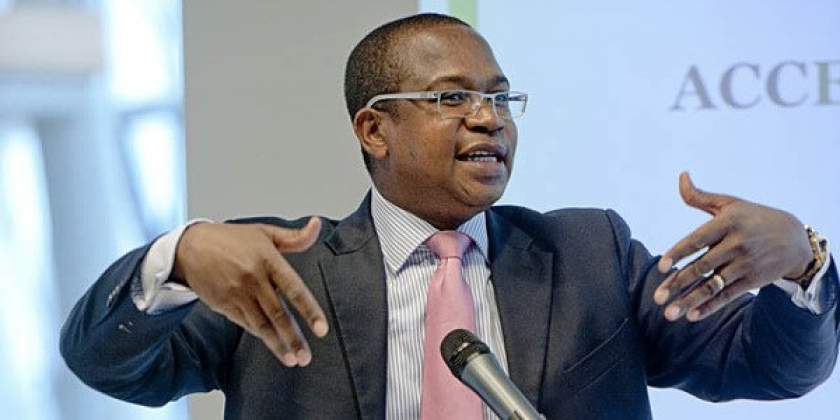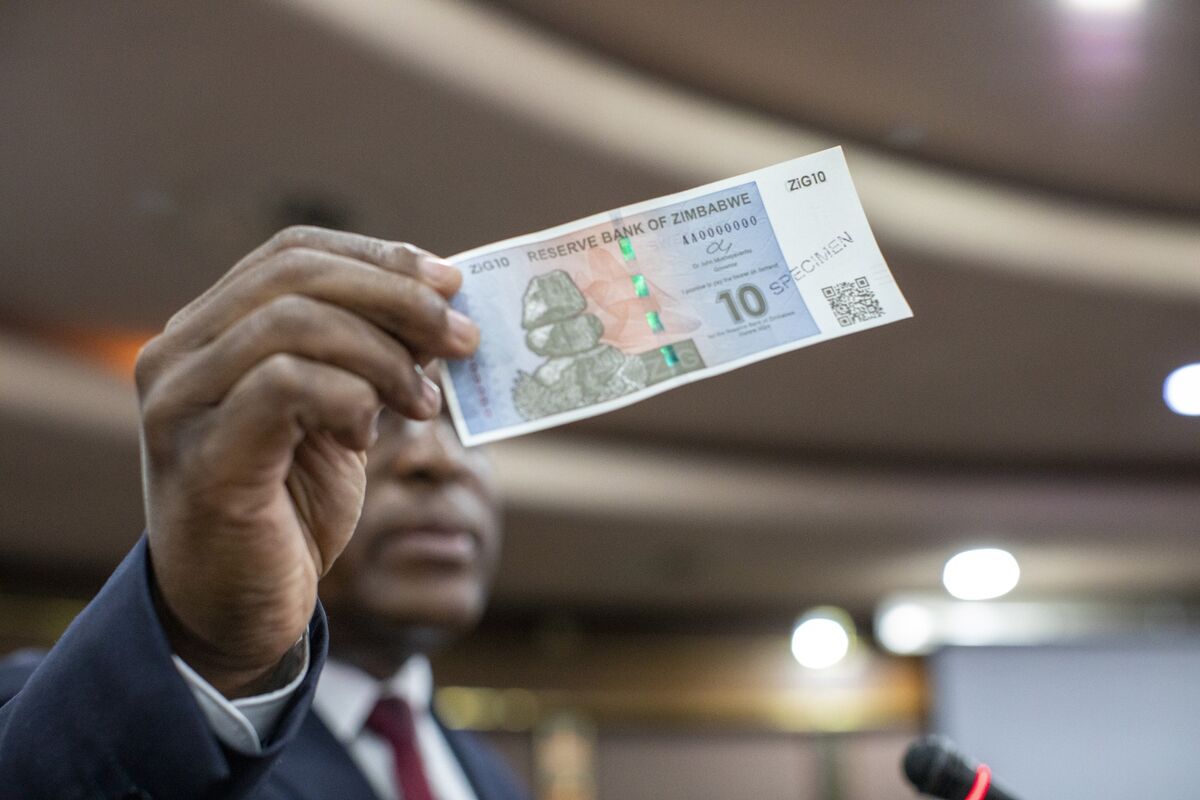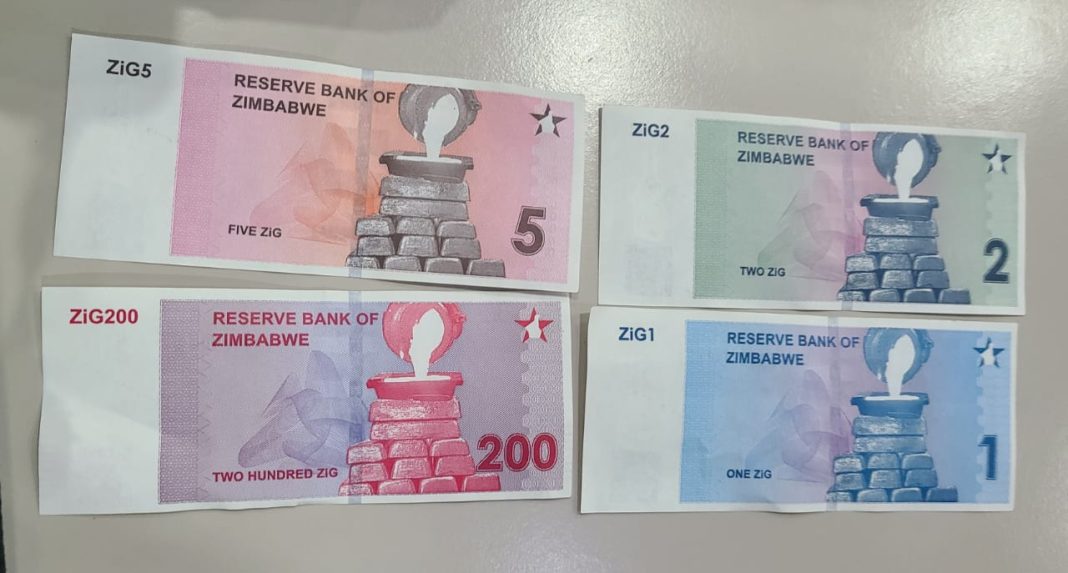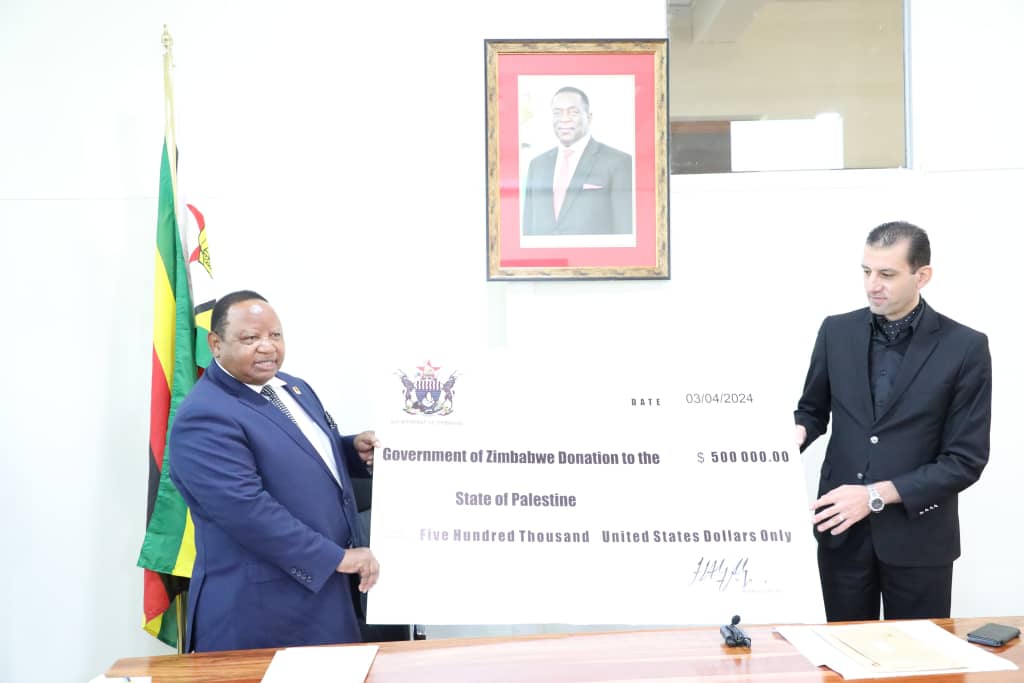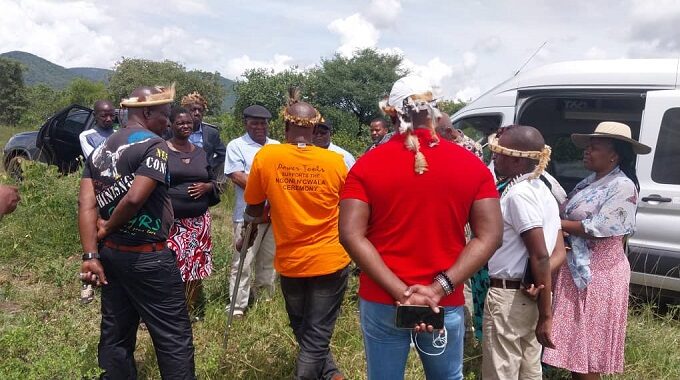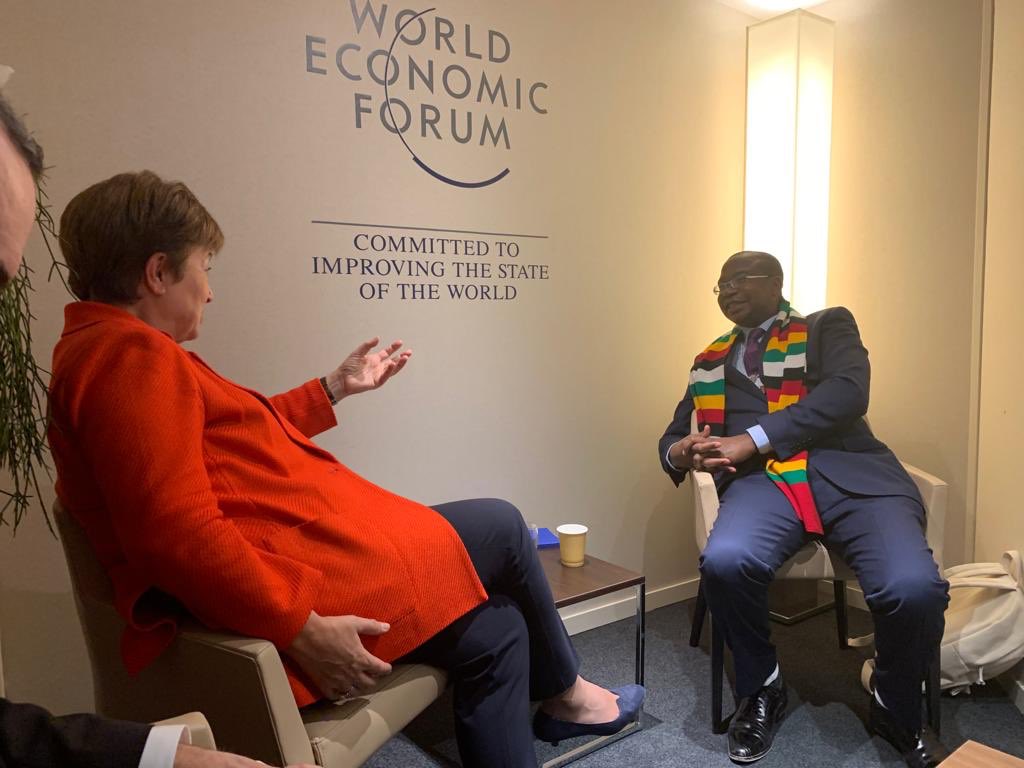
So, Zimbabwe could soon come into some money. Nearly US$1 billion, courtesy of a general US$650 billion allocation by the International Monetary Fund (IMF) to all its 190 members.
The IMF executive board will soon meet to approve the allocation, the fifth but by far the biggest such since 1970.
In 2009, Zimbabwe received US$500 million from a general IMF allocation.
What is happening?
The International Monetary Fund says COVID-19 pushed the global economy into its worst recession since the Great Depression, inflicting long-term damage on the world economy.
In response, the IMF is proposing to distribute US$650 billion to its 190 members, in proportion to each member’s quota. The proposal already has the backing of the United States, which has the biggest vote in the IMF, as well as the Fund’s executive directors.
Why is the IMF planning to allocate billions?
By providing a direct liquidity boost to countries without burdening them with debt, the IMF seeks to help member states fight COVID-19 by freeing up their available resources, particularly at a time when most have embarked on vaccination programmes. Zimbabwe, for instance, will spend US$100 million on vaccine procurement this year, about 2% of its planned expenditure for the year.
Is it a loan?
No, this is an allocation by the IMF to its 190 members who do not have to pay anything back.
When will the funds be available?
IMF managing director Kristalina Georgieva has said she hopes to obtain official executive board approval for the allocation by June. Her deputy, Geoffrey Okamoto has said the IMF is pushing to have the distributions of the funds done by August this year.
How will the funds be distributed?
Once approved, the IMF will distribute the US$650 billion in the form of Special Drawing Rights (SDRs), the Fund’s accounting unit or, put very loosely, the IMF’s “currency.”
Although the SDR is not money in the strictest sense, it is considered a stable international reserve asset that is freely exchangeable for usable currencies.
To use SDRs, a country must find an IMF member willing to provide a usable currency (USD, euros, pound, yen etc) in exchange for SDRs.
Once allocated SDRs, many countries, including Zimbabwe, will immediately seek to cash them in for US dollars.
Not all countries will be selling. Some with solid reserve assets, such as the United States, will buy up SDRs from countries looking to convert the SDRs.
There are 32 countries, including the US, which have voluntary SDR purchasing agreements with the IMF.
Distribution of the SDRs will be done according to each member state’s IMF quota.
Based on Zimbabwe’s current quota of 0.15%, the country stands to receive US$975 million. The US, which has the largest quota, is in line for US$113 billion.
How are quotas assigned?
Each IMF member is assigned a quota, reflecting its standing in the global economy. A member country’s quota determines its maximum financial commitment to the IMF, its voting power, and has a bearing on its access to IMF financing.
The quotas are determined by GDP (which carries a 50 percent weight), openness (30 percent), economic variability (15 percent), and international reserves (5 percent).
Zimbabwe’s current quota is 706.8 million SDRs, or 0.15% of the total.
The United States has the biggest quota allocation, SDR82.99 billion, or 17.44%, while Oceanian island Tuvalu has the least, with SDR2.5 million, or 0.001%.
Can the US block funds to sanctioned countries, like Zimbabwe?
Unlike the IMF’s lending programme, the general SDR allocation is not subject to a US veto. All IMF members, including countries such as Zimbabwe that are under US sanctions, will receive their share of the allocation.
However, the US will not purchase SDRs from countries it disapproves of. It may also influence other countries to do the same.
“Because all IMF members receive an SDR allocation proportionate to their quota share, some countries whose policies the United States opposes will receive an SDR allocation. However, these countries will not necessarily be able to exchange their SDRs for hard currencies. First, the country’s authorities must be recognised by the IMF membership. Then, the country would need to find a willing country to provide them with hard currency in exchange for their SDRs. We are working to increase transparency around SDR exchanges,” the US Treasury said last month.
“The United States retains the right to refuse to purchase SDRs from any countries that we choose, including those under US sanction regimes, and we are working to coordinate with other countries to do the same.”
Impact on Zimbabwe
The nearly US$1 billion allocation will be a significant injection of liquidity into Zimbabwe’s forex-starved economy. The cash is the equivalent to about 5% of the country’s GDP and 20% of its 2021 budget.
Reserve Bank of Zimbabwe governor John Mangudya says he expects the IMF funds to help stabilise the country’s currency and, by extension, the economy.
Zimbabwe’s currency, reintroduced in 2019, has enjoyed a year of stability after a tumultuous spell that greeted its return. This has been largely credited to a foreign currency auction system introduced in June 2020.
Between June 2020 and April 2021, nearly US$1.2 billion has been traded through the auctions. The injection of a similar amount into the economy, through the IMF allocation, can only help improve availability of forex.
President Emmerson Mnangagwa’s government has also prioritised infrastructural development, after decades of under-funding and neglect left the country’s roads, and power plants in a poor state.
Some of the IMF cash is expected to find its way into infrastructure projects.-Insider

